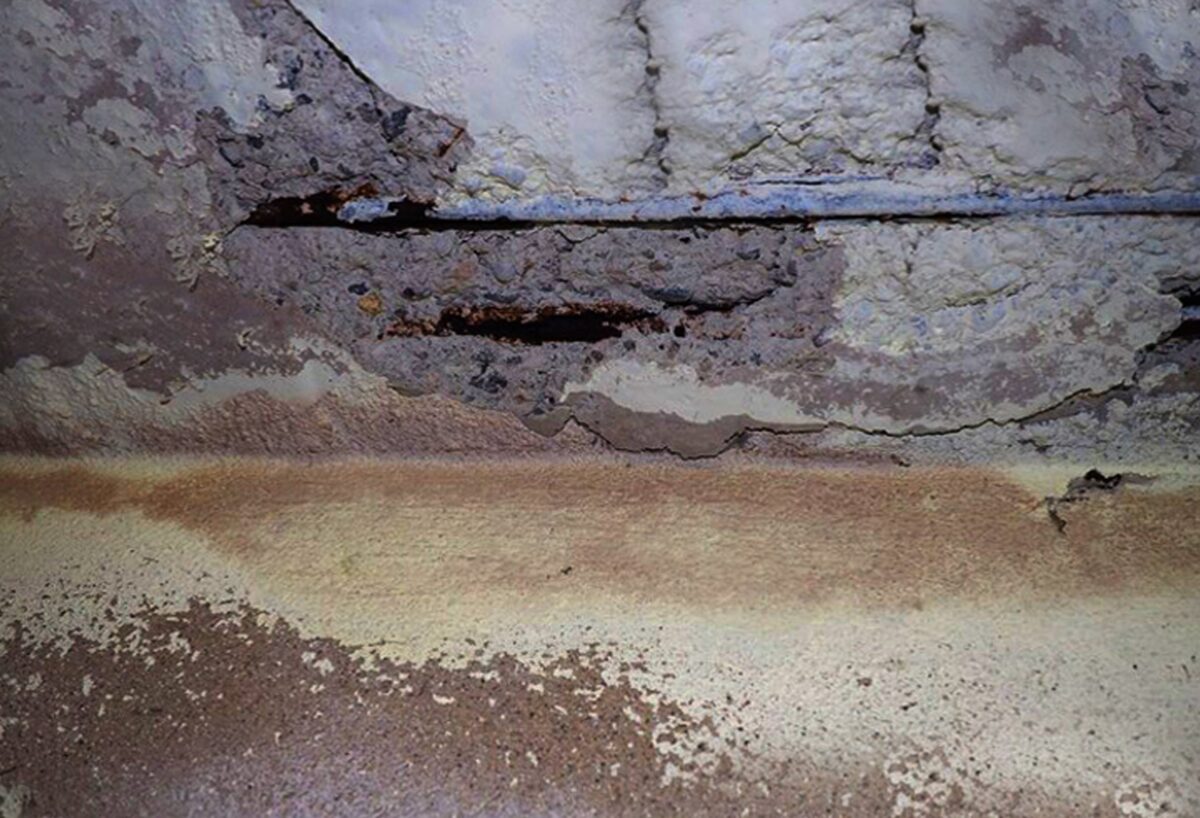How to detect mold inside the walls? Looking for insects, bacteria, and fungi that disrupt your house appears a healthy activity. It takes away the issues that damage your house and recover from more damage. Over time, people ask for different spots to look for these defects. And this leaves them a big task to cover. With fungi such as molds, you can get to search half a dozen places inside your house.
But good practice is to develop and keep your search near a single at the first. For example, molds develop easily within walls. And people mostly check from the outside but rarely do from the inside. We bring an informative read for people to check inside their walls for molds. This will give them an edge when trying to remove fungi from their households.
How To Detect Mold Inside The Walls & Problems that Molds Cause
When you consider mold inspection and correcting molds in your household, it is a healthy decision. Molds can develop in different areas of the house and affect likewise. For example, molds developing in the kitchen can trouble your nearby food. Your food can get raw in no time and it will spread rapidly.
Damaging of the refrigerator and microwave with foul smell and displays is common. Molds that develop on the walls create holes in them and allow air to offer moisture. This weakens them and causes them to fall over. With different problems, you need to be on the foot, especially with molds.
How to Detect Mold Inside Walls
When searching for molds, never write off your walls as uncommon places. Your walls are made from wood and fiber. And they can easily carry and accommodate molds. Moreover, many houses contain water and sewerage pipes within the walls. Damaging them or leakage can cause water to spill over the area. And excess water staying on the wood is a clear source of mold development.
Mostly, people claim mold development when they have a recent history of water pipe damage. This leads to water settling and getting into the water. When moisture develops and dampness occurs, there is nothing more than mold and fungus.
Looking for Possible Mold Presence Indicators
We know that mold presence can be simple to note and identify. However, this is simple if you know what can be the possible indicators for you.
· Colors and Stains
The development of mold in the walls is mainly due to water leakage and settlement. You can detect this if your wall shows water stain marks. Moreover, mold spots carry special colors such as brown and yellow. You can look for this color combination likewise.
· Surface Changing
Your walls easily predict if there is a mold growing from behind. You just need to look for indicators. One such indicator is the change in the surface of your walls. If you have wallpaper on the wall, there is a chance it will peel off, crack, and produce bubbles within. The building of walls is also an indicator that mold disruption is around.
· Odor and Smell
Sometimes it is difficult to observe the danger from the eye but easier to smell. You can simply bring your sniffing tools to the aid for searching molds. The presence of mold on the walls gives a musty smell or odor. And similar to a damp forest.

